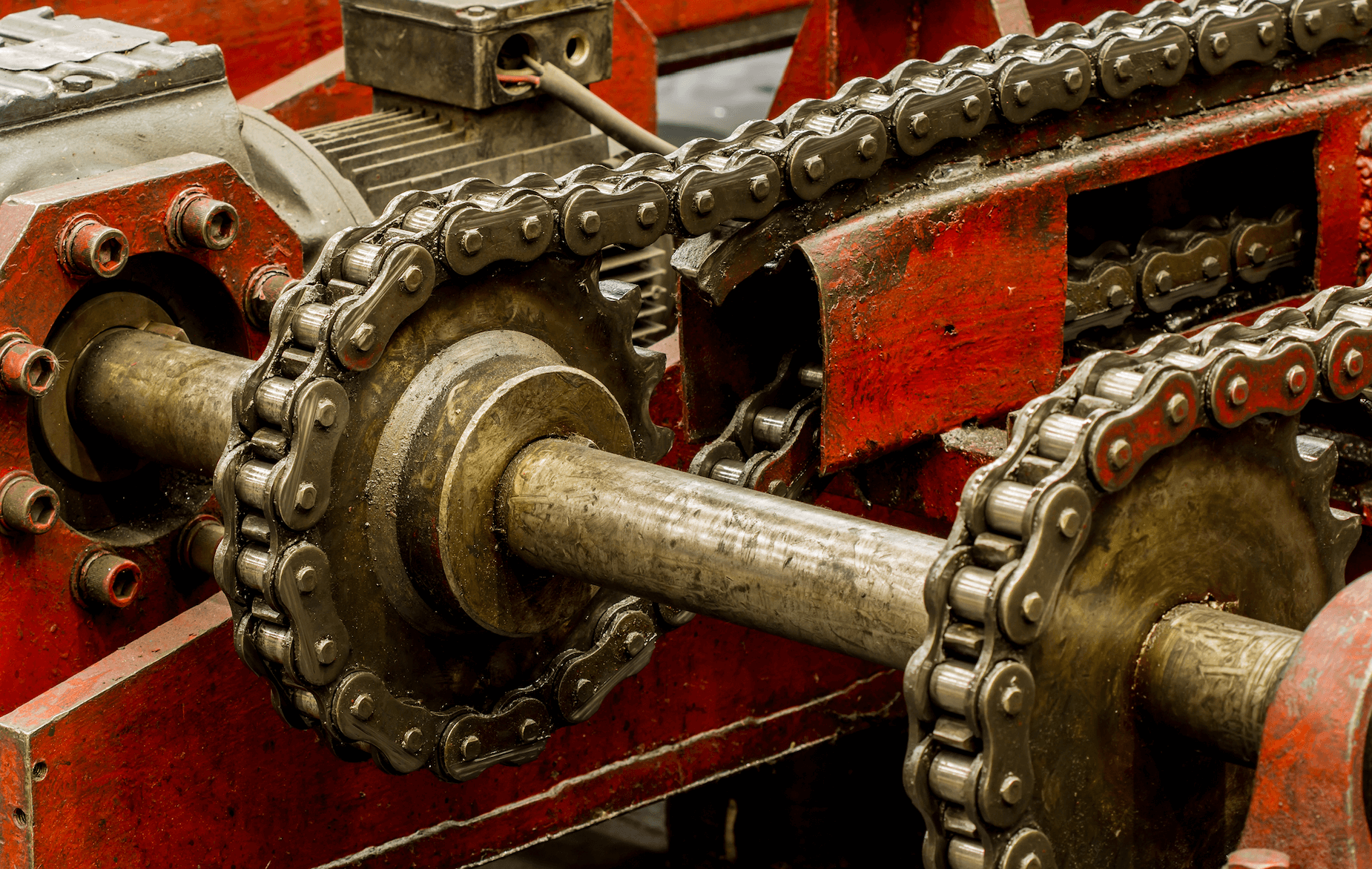
The Ultimate Guide to Roller Chains: Types, Applications, and Maintenance
A roller chain is one of the most widely used mechanical components in power transmission systems. Known for their durability and efficiency, roller chains play a crucial role in industries ranging from automotive and agriculture to manufacturing and construction. Whether you’re running heavy machinery or maintaining industrial equipment, understanding the role of roller chains can help ensure optimal performance and longevity.
What is a Roller Chain?
A roller chain is a type of chain drive that consists of a series of cylindrical rollers linked together by side plates. These rollers rotate freely around bushings, which helps to reduce friction when the chain moves over sprockets. This unique design allows roller chains to transfer mechanical power smoothly and efficiently, making them ideal for high-speed and heavy-duty applications.
Compared to other types of chains, roller chains are less prone to wear, provide consistent performance, and can handle a wide range of loads, which is why they are the preferred choice in many industries.
Types of Roller Chains
Understanding the different types of roller chains is essential to choosing the right one for your application:
Standard Roller Chains – Suitable for general industrial machinery, offering durability and reliable performance.
Heavy-Duty Roller Chains – Designed for high-load environments, these chains can withstand intense pressure and stress.
Silent Roller Chains – Engineered for noise reduction, making them ideal for environments where low sound levels are critical.
Engineering Roller Chains – Custom chains for specialized equipment requiring specific dimensions and performance standards.
Each type of roller chain is designed for a specific purpose, so selecting the right chain is critical to ensuring efficiency and preventing premature wear.
Applications of Roller Chains
The versatility of roller chains makes them indispensable in a variety of applications:
Automotive Industry: Used in engines, timing systems, and motorcycle chains.
Industrial Machinery: Essential for conveyor systems, lifts, and other machinery.
Agriculture: Found in harvesters, tractors, and other farming equipment.
Construction: Used in cranes, hoists, and heavy machinery.
By choosing the right roller chain, businesses can improve operational efficiency, reduce downtime, and minimize maintenance costs.
How to Maintain Your Roller Chain
Proper maintenance of a roller chain is vital for ensuring longevity and smooth operation:
Lubrication: Regular lubrication reduces friction and wear, extending the chain’s life.
Inspection: Periodically check for stretching, corrosion, or damaged links.
Cleaning: Remove dirt, debris, and contaminants to prevent damage.
Alignment: Ensure sprockets are correctly aligned to avoid uneven wear and chain failure.
Routine maintenance not only prolongs the life of your roller chain but also helps prevent unexpected machinery breakdowns.
Benefits of High-Quality Roller Chains
Investing in high-quality roller chains ensures:
Greater durability and resistance to wear
Smoother and more efficient power transmission
Lower maintenance costs over time
Enhanced safety and reliability in machinery
Poor-quality chains can lead to frequent breakdowns, higher operational costs, and decreased productivity. Choosing a trusted supplier ensures that your roller chain meets industry standards and performs reliably in demanding conditions.
Summary
A roller chain is a critical component in power transmission systems, offering unmatched efficiency, durability, and reliability. Selecting the right type of roller chain, maintaining it properly, and investing in high-quality products can dramatically improve the performance and lifespan of your machinery.
For industries that rely on heavy-duty equipment, a well-maintained roller chain is not just a component—it’s an investment in operational success.
